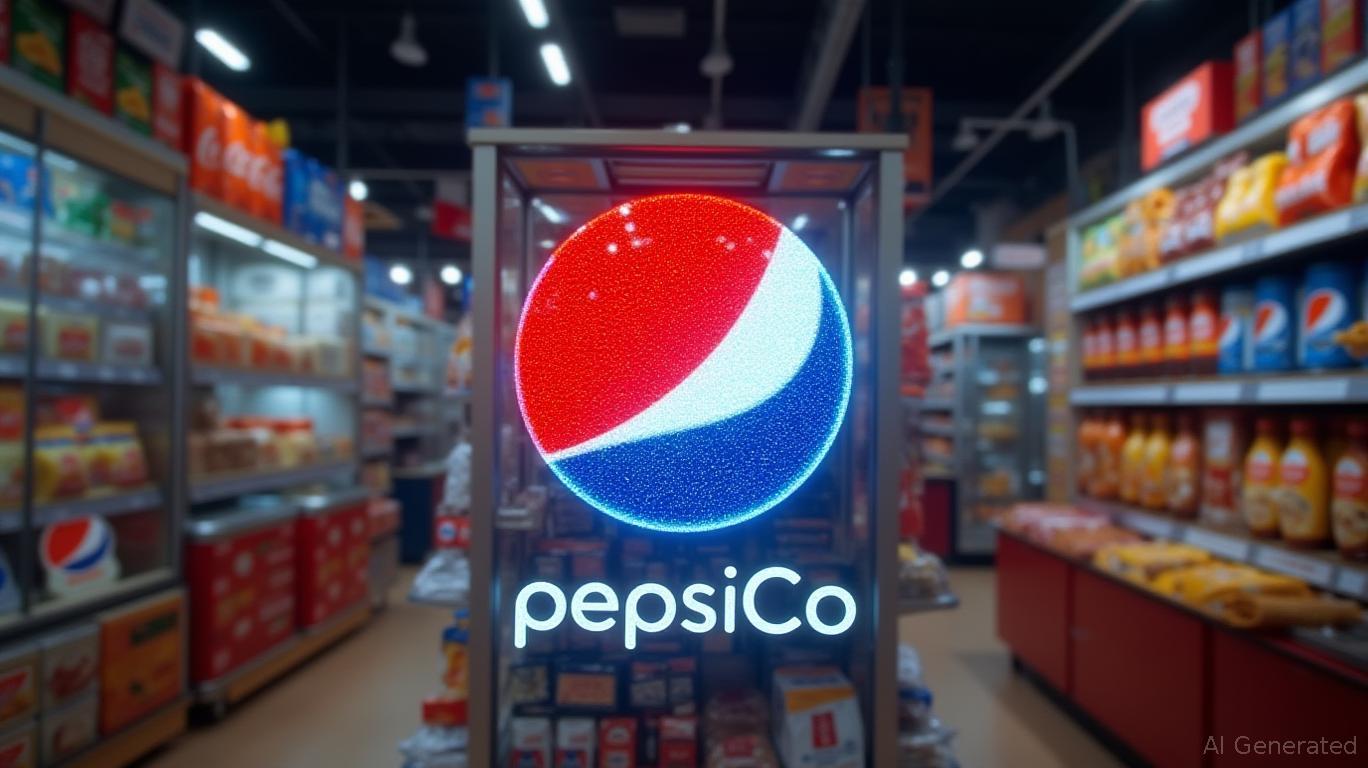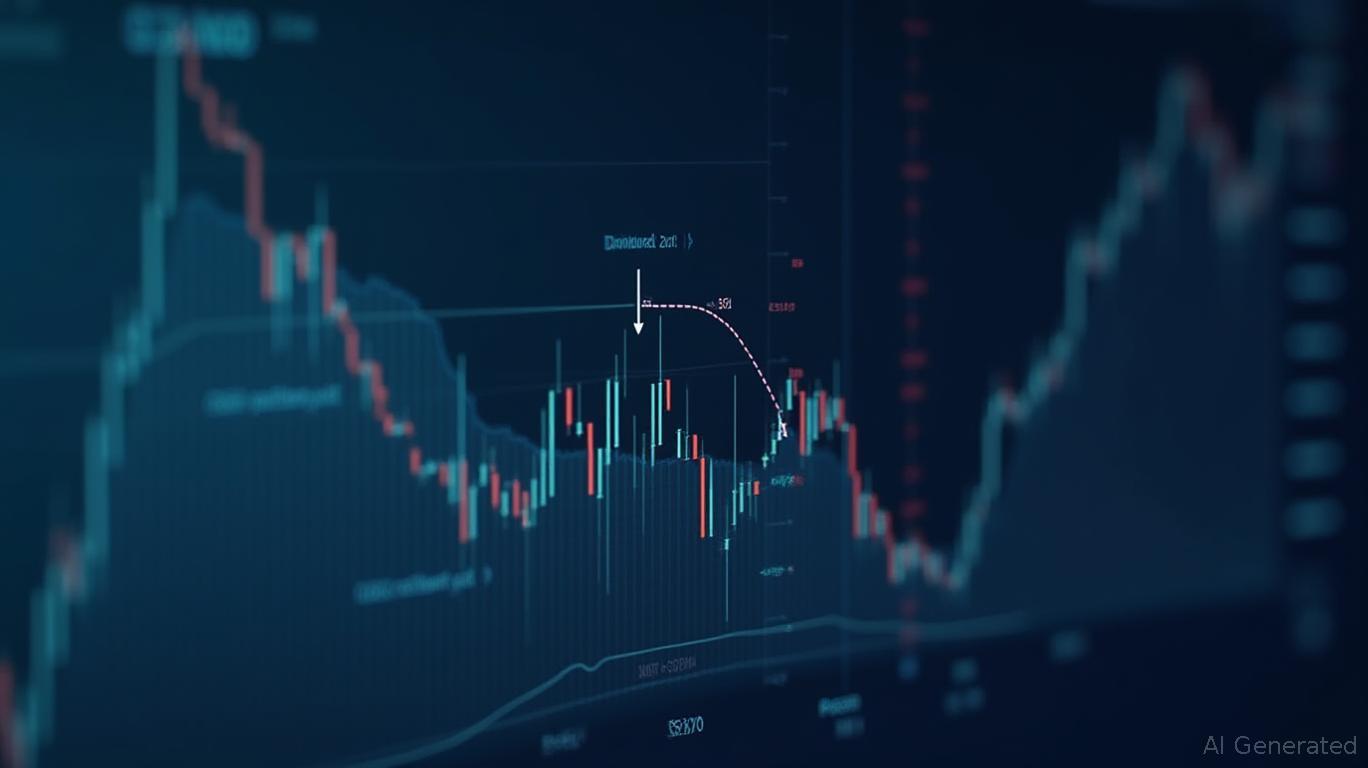8%+ Dividend Hunters Beware: High Yields Come with High Risks in 2025
An aging investor with decades of experience has set his sights on an ambitious goal: secure 8%+ dividend yields without compromising on durability. “I’ll consider anything,” he insists, “as long as it keeps paying.” But in today’s market, chasing such payouts requires navigating a minefield of overvalued stocks, shaky balance sheets, and unsustainable dividend policies. Let’s dissect the opportunities—and the pitfalls—lurking in this high-yield hunt.
The Lure of 8%+ Dividends
The investor’s strategy is clear: reject “Ford’s 7.58% yield” (as of early 2025) for something more robust. Ford, despite its blue-chip reputation, has seen its dividend growth stagnate, with a payout ratio of 40.8% that leaves little room for error in a volatile auto industry. The hunt is on for companies that can sustain payouts even in downturns. But how many truly qualify?
The 8%-Plus Club: Winners and Losers
The following companies have cracked the 8% yield threshold in early 2025, but their risk profiles vary widely:
- Western Union (WU)
- Yield: 9.2%
- Risk Score: C (moderate risk)
- Why it works: Global money transfer dominance provides steady cash flows.
Caveat: Reliance on traditional services in a digital-first world could strain margins.
WU Payout Ratio, Dividend Yield (TTM)Fortitude Gold Corp. (FTCO)
- Yield: 10.8%
- Risk Score: F (high risk)
- Why it’s tempting: Gold’s safe-haven appeal in turbulent markets.
Caveat: A 87% payout ratio means dividends could vanish if gold prices slump.
Walgreens Boots Alliance (WBA)
- Yield: 9.7%
- Risk Score: B (strong sustainability)
- Why it’s stable: Monopoly-like position in pharmacy services shields cash flows.
Caveat: Regulatory and pricing pressures loom large.
Leggett & Platt (LEG)
- Yield: 11%
- Risk Score: N/A (data uncertainty)
- Why it’s intriguing: Negative payout ratio (-23%) suggests dividends are funded by asset sales, not earnings.
- Caveat: A lack of transparency raises red flags about long-term viability.
The Dangers of Chasing Yield
The investor’s mantra—“anything for income”—is a double-edged sword. Many high-yield stocks, like Kohl’s (KSS) (10.1% yield, F risk score) or BCE (BCE) (8.3%, payout ratio 132%), are trapped in industries under siege. Retailers face e-commerce disruption, while telecoms battle price wars. A visual>Dividend Risk Scores for top 8%+ yielding stocks would starkly reveal how few of these companies score above a “C.”
The Path to Durable Income
To balance yield and safety, focus on three pillars:
1. Payout Ratio < 80%: Companies like WBA (35%) or Algonquin Power (AQN) (0%, though payout mechanics are opaque) can better weather downturns.
2. Sector Diversification: Utilities (AQN), healthcare (WBA), and infrastructure (e.g., Enterprise Products Partners (EPD) at 6.46%) offer recession-resistant cash flows.
3. Track Record of Growth:AT&T (T)**, with a 4.2% yield and debt reductions, shows that moderation can outlast manias.
The Takeaway: High Yields ≠ Safe Yields
The investor’s quest for 8%+ dividends is understandable, but complacency is perilous. The data screams caution: 60% of stocks in this cohort carry “F” risk scores, and payout ratios over 100% are alarm bells. As one analyst noted, “A 10% yield today might mean a 0% yield tomorrow.”
For monthly income seekers, the smarter play is to blend select high-yield picks (like WU or WBA) with rock-solid dividend growers like Coca-Cola (KO) (2.88%, but 20% annual returns) and Dominion Energy (D) (4.8%). This hybrid approach captures yield while hedging against the inevitable cuts that plague overleveraged firms.
In the end, durability—not just yield—is the ultimate dividend.
Final Note: Always verify the latest dividend policies and yields, as market conditions shift rapidly. For real-time data, check










